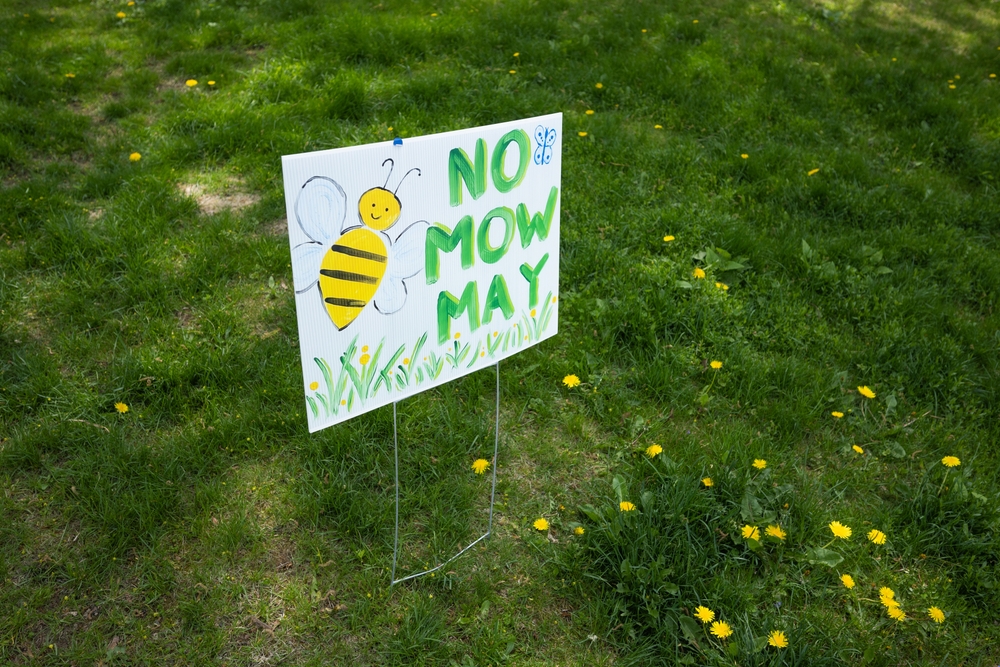Unfamiliar crops like switchgrass and jatropha hold more promise as alternative fuels than corn and sugarcane
Craig Cox| July/Aug 2007 issue
It seemed like a marriage made in heaven. Corn farmers, suffering under some of the lowest commodity prices in history, hooked up with environmentalists searching for a solution to global warming and a way to wean the developed world from its petroleum addiction. This coupling was oddly blessed by the oil-soaked Bush administration. And everyone giddily toasted the happy future of ethanol.
But somewhere on the way to the altar, reality intervened. Despite the U.S. government’s support and the proliferation of ethanol plants there (more than 50 new facilities built or planned in the state of Iowa alone) and a production system that has already turned 55 million tons of U.S. corn into fuel, the ethanol fix appears to be on shaky ground, both in the U.S. and abroad.
The problems, it seems, are glaringly obvious: Corn ethanol, according to some reliable estimates, takes 30 percent more energy to grow and process than it produces as fuel. It also offers negligible reductions in carbon-dioxide emissions, drives up food prices and would require more arable land than many countries have available to replace even a modest percentage of their current petroleum use. Perhaps more important, such a “green” fuel revolution would be dominated by major multinational corporations that have little interest in fostering fair-trade relations with developing countries such as India or Malaysia, where the most innovative biofuels could be produced.
Even in Brazil, where the government of President Luiz Inácio Lula da Silva has vowed to lead the world in generating renewable energy, storm clouds are gathering. The world’s largest producer and exporter of ethanol, Brazil sells half a billion gallons of its sugarcane-based ethanol to a dozen countries each year. And while sugarcane is a much more efficient source of fuel than corn, the explosive demand for ethanol (from sugarcane as well as soybeans) has led to a terrifying pattern of deforestation. According to Greenpeace, about 1.2 million hectares (3 billion acres) of Brazilian rainforest has been destroyed to expand cropland for biofuels.
The same patterns are unfolding in Malaysia and Indonesia, where an ambitious expansion of oil-palm plantations designed to boost those countries’ biofuel industries has accounted for the deforestation of 10 million and 16.5 million hectares (26 billion and 40 billion acres) of rainforest respectively in the past 20 years. The environmental toll has become so high that rainforest activists have taken to calling oil-palm biofuel “deforestation diesel.”
There’s good news on the biofuels horizon too. Researchers are discovering a number of plant sources that can generate fuel more efficiently than corn, while conserving cropland and avoiding the “food versus fuel” conundrum that has plagued the ethanol movement. Here are some of the most noteworthy alternatives.
Switchgrass
Switchgrass grows rapidly and efficiently, is remarkably adaptable to various soil conditions and climate and has U.S. government researchers intrigued by its energy-producing potential. According to a U.S. Department of Energy report, one-acre test plots of switchgrass at Auburn University in Alabama yielded an average of 4,250 litres (1,150 gallons) of ethanol a year.
“Many farmers already grow switchgrass, either as forage for livestock or as a ground cover, to control erosion,” the report explains. “Cultivating switchgrass as an energy crop instead would require only minor changes in how it’s managed and when it’s harvested.”
Switchgrass produces about five times more energy than it uses in the production of ethanol, and its net energy output is about 20 times greater than corn-based ethanol, factoring in the energy used to plant and harvest corn.
Jatropha
Common throughout India, jatropha grows rapidly in even the most arid climates, requires little in the way of fertilizers or other agricultural input, reverses desertification and produces valuable byproducts after the fuel is extracted. Moreover, it can yield up to 1,000 barrels of biodiesel from a single square mile of otherwise inhospitable cropland each year.
Also to its credit, as Joe Greene of Texas-based Terra Sol Biofuel notes, is the fact that jatropha is not a food product. “Jatropha does not necessarily compete with land usage for food crop growth—marginal lands can be used,” he says. “And jatropha does not require annual replanting as it is a shrub that lives 40 to 50 years, and it is a low-energy consumer—low amounts of tilling the ground, fertilizer and watering.”
The plant is already favoured by farmers for its natural ability to repel animals and insects. And its seedcakes, a byproduct created by pressing the plant’s oil, can be used as an organic fertilizer or for a protein-rich livestock feed.
It is not, however, a hardy species. “It cannot be grown in 99 percent of the United States,” Greene says. “It’s not frost-tolerant.”
Algae
In New Zealand, researchers are looking to algae as a biodiesel fuel source that can be grown on a tiny fraction of the acreage required to produce ethanol from corn or other plant sources. Indeed, the U.S. Department of Energy estimates that a mere 3.8 million hectares (9.5 million acres) of algae ponds could produce enough biodiesel to power the nation’s entire fleet of vehicles. The same amount of oil from soybeans, for instance, would require about a billion hectares (3 billion acres).
Algae contains lipid oil, which can be extracted and combined with ethanol or methanol to produce biodiesel fuel to power diesel engines in cars, trucks, buses and other vehicles. In the process, the algae can also be used to clean wastewater at dairy farms, processors and other sources of pollution.
While some researchers estimate that an algae-based fuel could be produced at half the cost of petroleum, several challenges to this “open-pond” approach remain. Though cheaper to maintain than enclosed “photobioreactor” facilities, these ponds can be subject to temperature fluctuations, high evaporation rates and takeover by less-effective strains of algae—all of which reduce yields.
Wood byproducts
The cellulose in wood pulp has caught the attention of timber giant Weyerhaeuser Co., which is working with Chevron Corp. to study the commercial production of biofuels from trees and other crops grown in the company’s vast woodlands.
According to a report in the Seattle Post-Intelligencer, the two companies will focus less on the trees in the ground than the byproducts of timber harvesting (recycled paper, wood biomass) and crops, like saw grass, that can be planted in the company’s southern U.S. timberlands.
Cellulose can be converted into sugar and refined into biofuel, but it’s much more difficult than converting starches, like corn. “While there are several research-and- technology hurdles that will need to be addressed before large-scale commercialization of cellulosic feedstocks occurs, we believe this partnership will accelerate the achievement of that reality,” said Chevron CEO Dave O’Reilly in a statement.
Hemp
The ever-controversial hemp plant has also entered the biofuels debate—courtesy of a Virginia farmer and pianist named Grayson Sigler, who earlier this year completed a 40-city tour in a 1983 Mercedez Benz powered by hemp oil.
Because hemp oil doubles as a solvent, Sigler had to exchange his rubber hoses for synthetic ones. But that’s the extent of the modifications he had to make to get his Hempcar on the road. “There are no cons to growing hemp,” Sigler says. “The pros are too numerous to list.”
Long prized for its hardiness and versatility, hemp grows almost anywhere, and can be used for everything from clothing and rope to ice cream and cosmetics. Sigler estimates that his batch of hemp oil cost him about $4 a gallon to produce, but argues that the cost would come down significantly if hemp was put into large-scale production.
Of course, Sigler and his fellow U.S. hemp activists face a significant obstacle that other biofuel farmers manage to avoid: It’s illegal to grow it in many countries.











